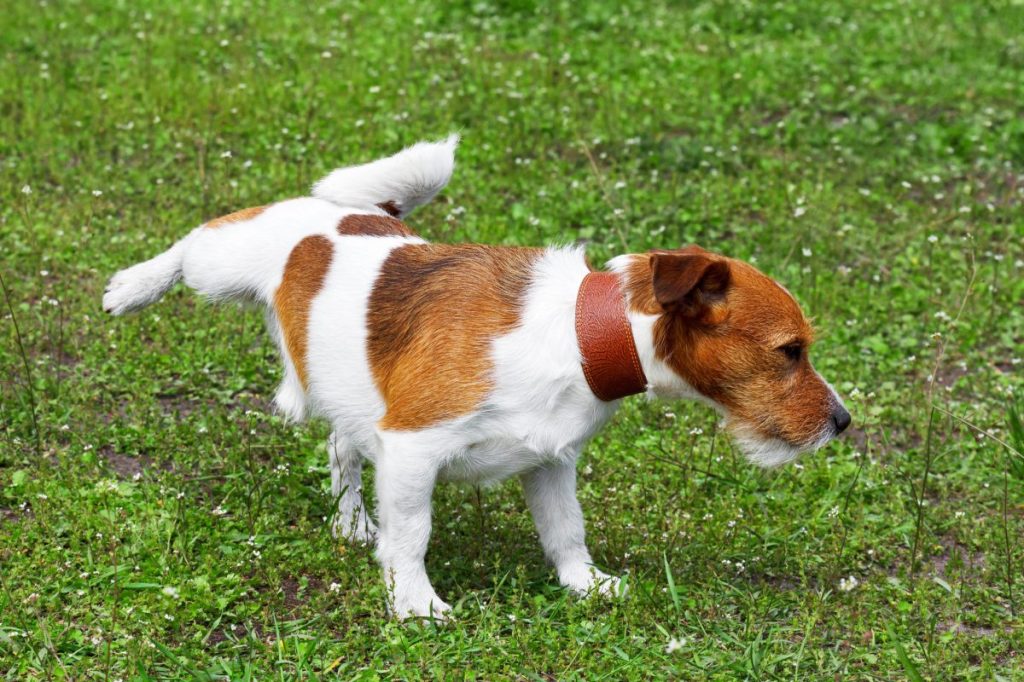Polyuria in dogs is an abnormal increase in urine, defined as greater than 50 ml/kg per day, which can cause more frequent urination, a higher volume of urine to come out during urination, or both. This often appears along with polydipsia, which is an increase in thirst and water intake.
If your dog is urinating more than usual, consult your veterinarian so they can diagnose any underlying causes and prescribe treatment. Here’s what you should know about the symptoms, causes, and treatments for polyuria in dogs.
Symptoms of polyuria in dogs
Polyuria is a symptom of other underlying conditions in dogs and can be a sign of many medical issues that range from mild to quite serious. There are three types of polyuria.
Physiological polyuria is a normal reaction to increased water consumption, which can be a behavioral problem. Pharmacological polyuria results from increased salt intake or drugs that increase urination, such as diuretics or steroids. Pathological polyuria is due to metabolic problems like kidney failure.
You may notice your dog needing to go out to pee more often or having accidents in places they don’t normally urinate.
Take note of how much your dog drinks and urinates regularly when they have no medical issues to find a baseline. That way, you can tell when something is out of the ordinary and report it to your vet. Your vet may ask you to take a urine sample for further testing to find the cause of the increased urination.
Causes of polyuria in dogs
There are many, many possible causes of polyuria in dogs. It is a non-specific symptom that can apply to several conditions that range from mild to serious. Most of the time when other symptoms are not present, it isn’t a great concern, and your vet will be able to let you know for sure if that’s the case.
Do not assume, though, that if you ignore the condition, it will go away. Symptoms may worsen, and serious medical issues can be present. Always rely on your vet for a proper diagnosis.
Here are some of the possible causes of polyuria in dogs:
- Diabetes
- Renal (kidney) disease or failure
- Liver disease or failure
- Electrolyte imbalance
- Low protein diets
- Exposure to diuretics, steroids, or other medications
- Hypercalcemia
- Hepatitis
- Cushing’s disease
- Addison’s disease
- Hormonal imbalance
- Hypokalemia
- Leptospirosis
- Hyperthyroidism
- Infection of the uterus
- Tumors
- Bladder infection
- Bladder stones
- Prostate issues
- Pregnancy
- Territorial marking (mostly if another animal is present)
Treatments for polyuria in dogs
Treatment for polyuria in dogs varies a lot depending on the underlying cause, but you should never limit your dog’s water intake unless your vet instructs you to do so. This can often make symptoms worse.
If an infection is present, then antibiotics may be prescribed. Hormone imbalances usually require long-term treatment with hormone replacements. Diabetes is managed with insulin and changes in diet and exercise.
Chemotherapy may be used to treat cancer, and kidney disease is often treated with medication, diet changes, dialysis, or a combination of treatments.
Your vet will advise you on the appropriate treatment for the underlying condition that’s causing increased urination in your dog.









